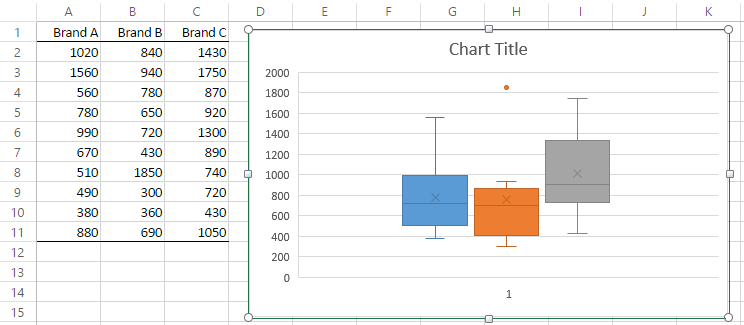

If you want to group the samples by color depending on a category variable, tick the Groups option and select the variable in the Microsoft Excel spreadsheet. Note that it is possible to select non-adjacent data.You may need to fill in more information in the General tab firstly when the selected data have labels, click the Variable labels option, they will be displayed on the chart as axis legend.

The selection is done by choosing the data in the Excel spreadsheet with the cursor. You need to click on the range selector to pick the data. You may select 2 or 3 quantitative variables, in the fields X, Y and Z. Depending on the plot you have selected, you may need to select one or several tables in a single or a number of fields.Here is an example for a scatter plot. The set up of these plots begins when you have opened the corresponding dialog box.The first thing you have to do is to select the data to be plotted. Univariate plots: Box plots, Scattergrams, Strip plots, Stem-and-leaf plots, Normal P-P plot, Normal Q-Q plots If you are using Microsoft Excel 2003 or a prior version you can use the tool bar Visualizing data that is available for the selection of the plots. If you are using Microsoft Excel 2007 or 2010, you select a plot from the menu bar.

Setting up a plot directly from the visualization menu In the first case, the plots can normally be obtained by activating the corresponding options in the Charts tab in the XLSTAT dialog boxes.In the case of the latter, the plots are accessible from the Visualizing data menu. Those that can be created directly from the data. Those that are obtained from an analysis, This tutorial is a general presentation on how plots can be created and customized in XLSTAT.There are two types of plots:


 0 kommentar(er)
0 kommentar(er)
